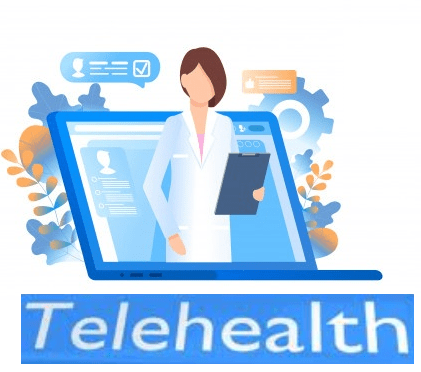Telehealth – Future of Healthcare in USA and Across Globe
Wave of change caused by information technology has been sweeping across many aspects of our lives improving convenience and innovative problem-solving possibilities. Healthcare is no exception in this regard and telehealth is indeed one of the groundbreaking revolutions in this field.
Telehealth is the delivery of health care services, where patients and providers are separated by distance. Telehealth uses information technology for the exchange of information for the diagnosis and treatment of diseases and injuries, research and evaluation, and for the continuing education of health professionals. There are therefore several forms of telehealth depending on their various applications such as telemedicine, telepharmacy, telenursing, telecare, and so on.
Telehealth has been evolving for more than a decade and numerous researches show its potential in our ever-changing world. In our daycare agency, we have seen first-hand how valuable addition it makes when various rendering services to our clients. These are clients who, in addition to regular healthcare services, also need
additional support in the form of rehabilitation, transitional care, socialization, and support groups.
We widely employ telemedicine, a component of telehealth, in delivering remote clinical services such as diagnosis and monitoring. Clients with chronic diseases like diabetes and hypertension monitor vital signs and blood sugars remotely which are uploaded for review by healthcare providers. Other parameters like logs of blood sugar tests, pulse rates, calorie intake and body mass index (BMI) are also easily recorded seamlessly. Mobile applications are also able to schedule and give accurate reminders on medications, exercise and physician appointments. In addition, telehealth also gives clients the ability to interact and socialize within their support groups through video conferencing.

The wide application of telehealth in the agency can only get better due to its improved health outcomes, cost-effectiveness, and convenience. Consultation waiting times have almost been eliminated, not to mention the absence of the associated hassles of transporting some patients who are aged or with disabilities. The acceptance of this relatively new system has been welcomed by the clients, they feel technology has revolutionized every aspect of their lives, so why not their health?
The studies evaluating the clinical effectiveness of telehealth are revealing encouraging results. A study recently published in PLOS ONE journal reviewing the effectiveness and implementation of telemedicine in OECD showed that it is superior than usual care in reducing the odds of mortality and hospitalization related to heart failure. It also improved survival rate and reduced cardiovascular risk factors like weight and BMI. Telehealth diabetes care has also been reported to be better than or at par with brick-and-mortar office consultation.
In addition, clients who require a multidisciplinary approach to management also have their physicians share information and take decisions through telehealth either via videoconferencing or other telehealth platforms without having a physical conference with teams of doctors. In conclusion, the era of telehealth has no doubt come to stay. The current COVID 19 has also skyrocketed the utilization of these services and expanded their scope.
This underscores yet another important benefit of telehealth in the prevention of the spread of infections by reducing unnecessary hospital contact. In the future, as mobile network and wireless connectivity improve, rural areas in underdeveloped countries can use telehealth to reach those communities and improve health coverage.

